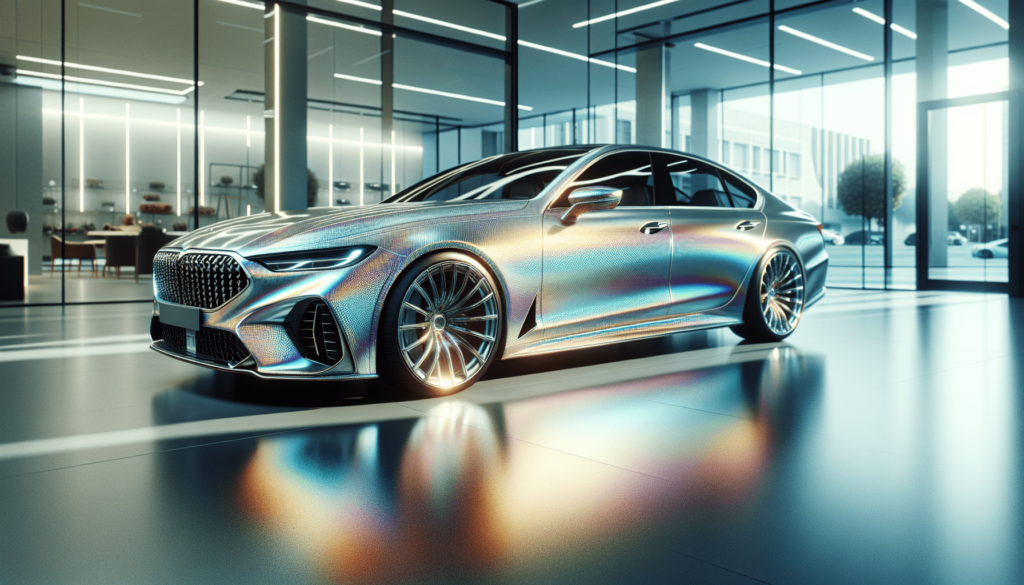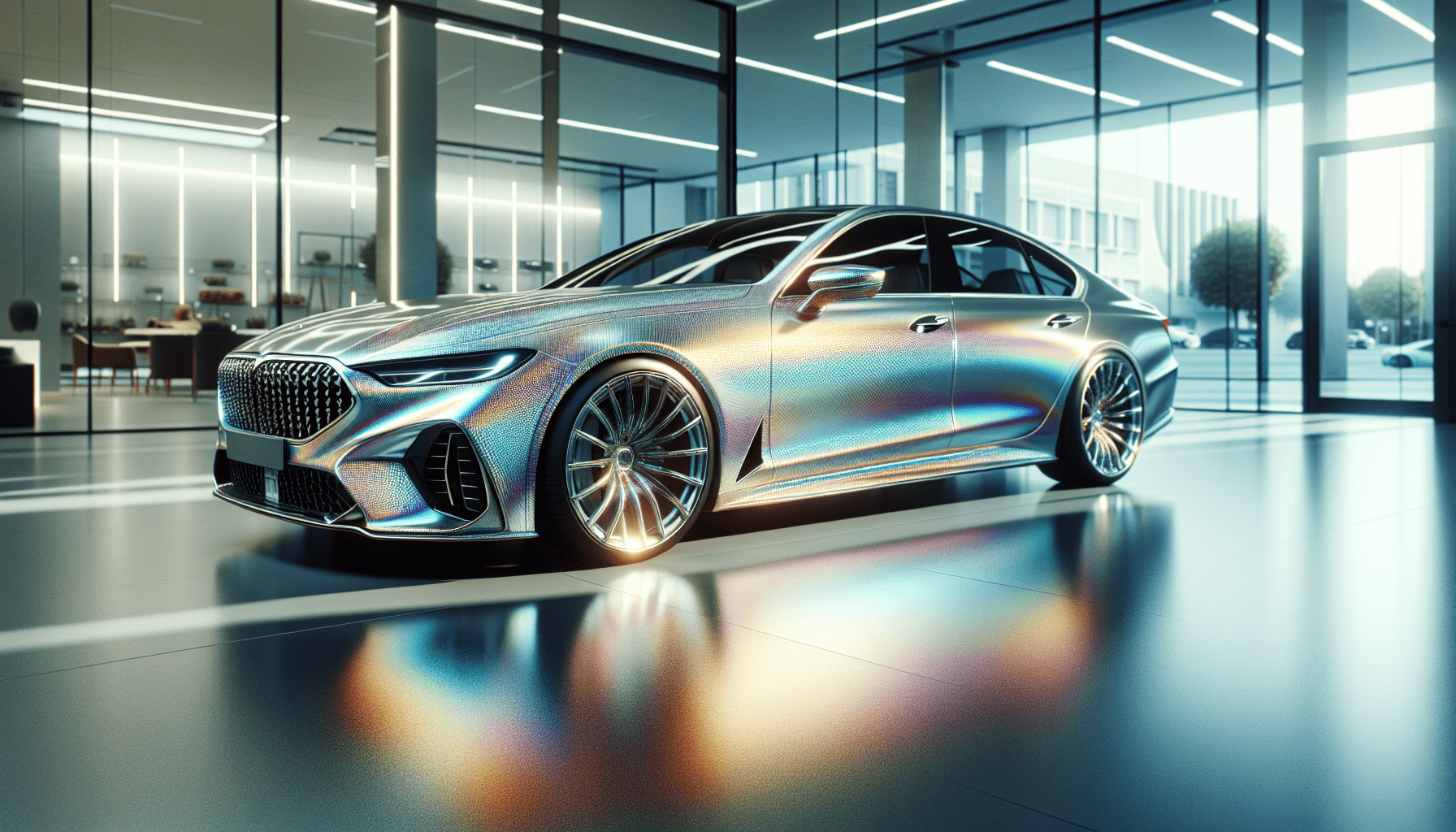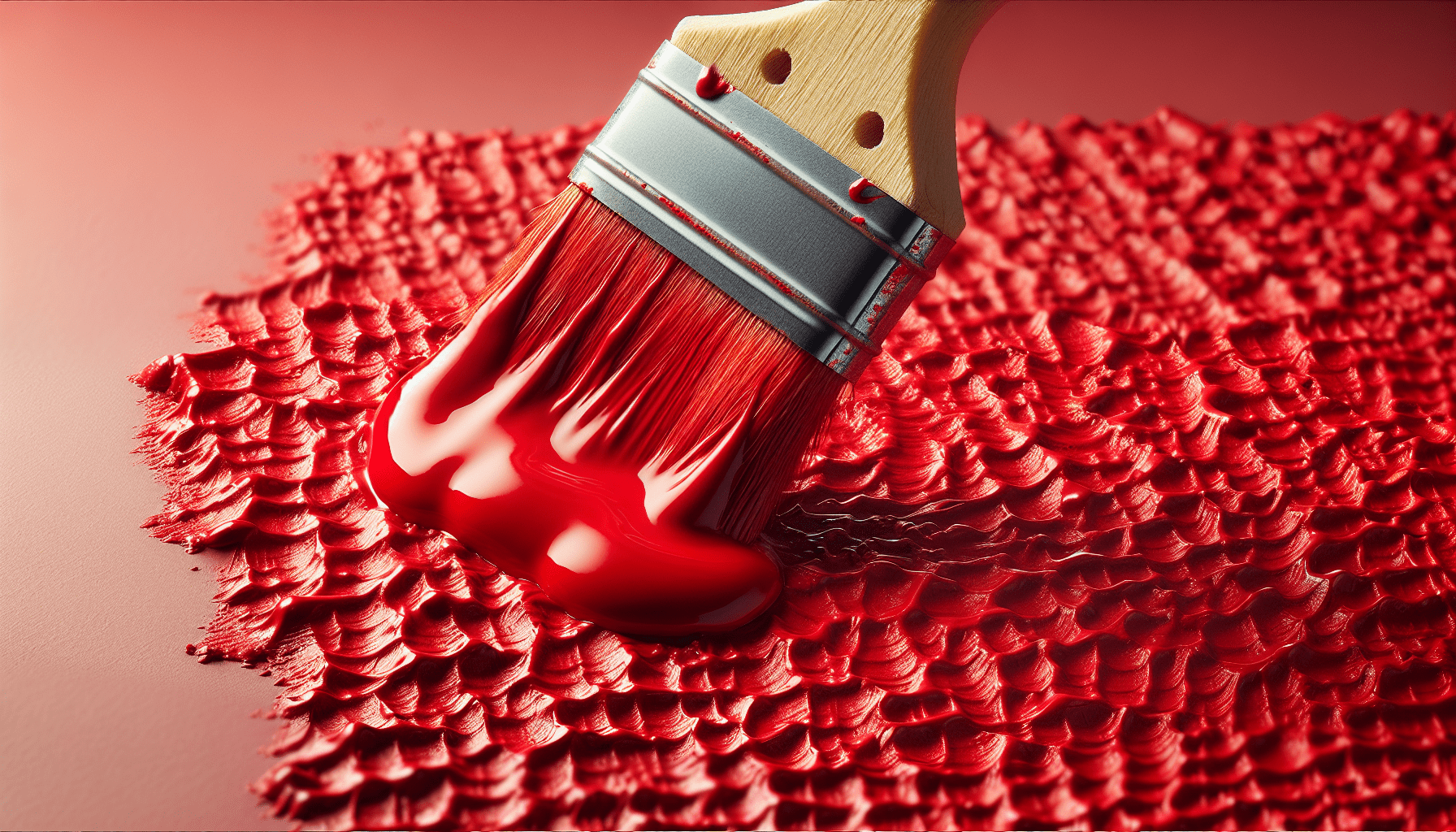Is pearlescent paint more expensive? Pearlescent paint, also known as pearl or mica paint, has gained popularity for its unique lustrous finish that shifts in color under different lighting conditions. But this raises the question: is pearlescent paint more expensive than other types of automotive paint? To answer this, we will explore various aspects of pearlescent paint, including its composition, application process, benefits, and costs compared to other paint types.
What is Pearlescent Paint?
Pearlescent paint contains special pigment flakes that reflect and refract light. These pigment flakes, often made from mica or ceramic, are embedded in layers of paint to create a shimmering, multi-dimensional finish. When light hits the surface, it scatters in multiple directions, giving the paint its signature appearance.
Composition of Pearlescent Paint
Pearlescent paint consists of several components: base coat, pearl additive, and clear coat. The base coat provides the foundational color, while the pearl additive includes the mica or ceramic particles responsible for the shimmering effect. Finally, a clear coat is applied to protect the paint and enhance its depth.
| Component | Function |
|---|---|
| Base Coat | Provides the underlying color |
| Pearl Additive | Contains mica or ceramic particles for shimmer |
| Clear Coat | Protects the paint and enhances depth |
The Application Process
Applying pearlescent paint is more intricate compared to conventional paint types. It involves multiple layers and precise techniques to achieve the desired effect. Each layer must be meticulously applied and dried before the next is added.
Steps Involved
- Preparation: The surface must be thoroughly cleaned and primed.
- Base Coat Application: The base coat is applied evenly to provide a background color.
- Pearl Additive: The pearl effect layer is added, which contains the mica or ceramic particles.
- Clear Coat Application: A protective clear coat is applied to seal the paint.
Skill Level Required
Applying pearlescent paint requires a high level of expertise. The multi-layer process demands precision, and any mistakes can detract from the final appearance. This often means hiring a professional, which increases labor costs.

Cost Factors
Various factors contribute to the overall cost of pearlescent paint, including the cost of materials, labor, and application technique. Let’s break these down for a clearer understanding.
Material Costs
Pearlescent paint materials are generally more expensive than standard paints. The specialized pigments and additives increase the material cost:
| Paint Type | Estimated Cost Per Gallon |
|---|---|
| Standard Paint | $100 – $300 |
| Pearlescent Paint | $300 – $600 |
Labor Costs
Due to the complexity of the application, labor costs for pearlescent paint are typically higher. Skilled professionals demand higher wages, and the multi-layer process can be time-consuming.
Equipment and Environment
High-quality equipment and a controlled environment are essential for applying pearlescent paint. This ensures that the layers are applied evenly and the final finish is free of defects. Specialized equipment may include precision sprayers and climate-controlled booths, contributing to the overall cost.
Comparison with Other Paint Types
To determine whether pearlescent paint is indeed more expensive, it is essential to compare it with other common automotive paint types such as metallic and solid paints.
Solid Paint
Solid paint is the most basic type of automotive paint, offering a simple, uniform finish. It is generally the least expensive option and easiest to apply.
Metallic Paint
Metallic paint contains small metal flakes that add a sparkling effect to the finish. While more expensive than solid paint, it is generally less costly than pearlescent paint due to less complex materials and application processes.
| Paint Type | Pros | Cons |
|---|---|---|
| Solid Paint | Least expensive, easy application | Limited aesthetic appeal |
| Metallic Paint | Sparkling effect, moderately expensive | More costly than solid paint |
| Pearlescent Paint | Lustrous, multi-dimensional finish | Most expensive, complex application |

Benefits of Pearlescent Paint
Despite the higher costs, pearlescent paint offers several benefits that may justify the investment for certain individuals and applications.
Aesthetic Appeal
The primary benefit of pearlescent paint is its aesthetic value. The multi-dimensional finish and color-shifting properties create a unique and visually appealing look that is hard to achieve with other paint types.
Resale Value
A vehicle with a high-quality pearlescent finish can have a higher resale value. The distinctive appearance can make the car more appealing to potential buyers.
Durability
The multi-layer application process of pearlescent paint often results in a more durable finish. The clear coat adds an extra layer of protection against environmental factors such as UV rays, road salt, and minor abrasions.
Drawbacks of Pearlescent Paint
While pearlescent paint offers several advantages, it is not without its drawbacks. It’s important to consider these potential downsides before making a decision.
Higher Initial Cost
The most significant drawback is the higher initial cost. This includes the price of materials, labor, and specialized equipment.
Maintenance
Maintaining pearlescent paint can be challenging. The multi-layer finish requires specific cleaning products and techniques to retain its appearance. Regular washing and waxing are essential, and any scratches or chips may require professional repairs.
Repair Costs
Repairing pearlescent paint can be more complicated and expensive than repairing solid or metallic paint. Matching the exact shade and finish can be difficult, often necessitating professional expertise.
Is It Worth the Investment?
The decision to opt for pearlescent paint depends on your priorities and budget. If you value a unique aesthetic and are willing to invest in maintenance, pearlescent paint can be a worthwhile investment. However, if you are looking for a cost-effective, low-maintenance option, other paint types may be more suitable.
Factors to Consider
- Budget: Determine how much you are willing to spend on both the initial application and ongoing maintenance.
- Usage: Consider how you use your vehicle. If it is subjected to harsh conditions, the durable finish of pearlescent paint may be beneficial.
- Aesthetic Preferences: Decide whether the unique appearance of pearlescent paint is worth the additional cost and effort.
Conclusion
So, is pearlescent paint more expensive? In most cases, yes. The specialized materials, intricate application process, and maintenance requirements contribute to its higher cost compared to solid and metallic paints. However, for those who prioritize a distinct, high-quality finish, the investment can be justified. Your decision should be based on your specific needs, budget, and aesthetic preferences.
By understanding the various factors involved, you can make an informed decision that aligns with your priorities and ensures you receive the desired outcome.



